
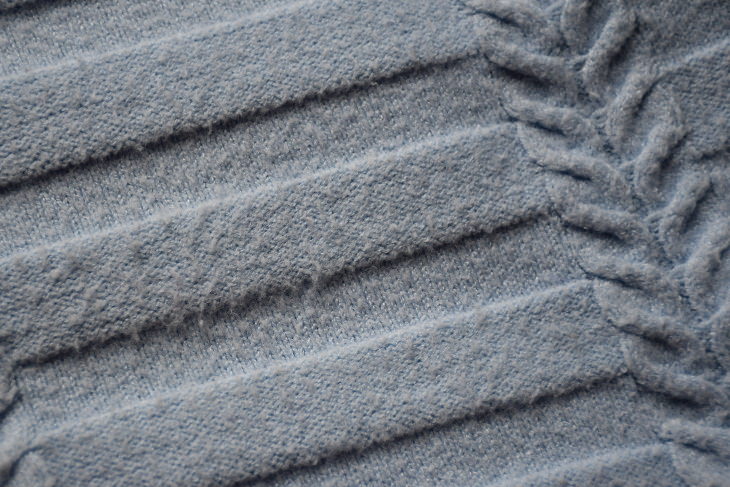

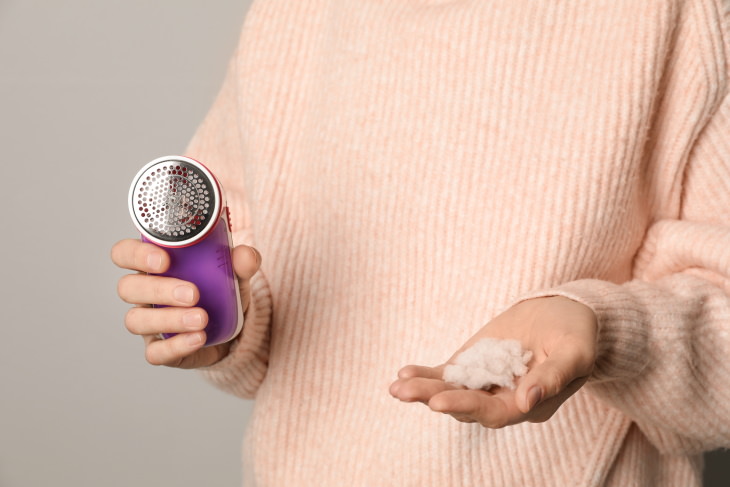
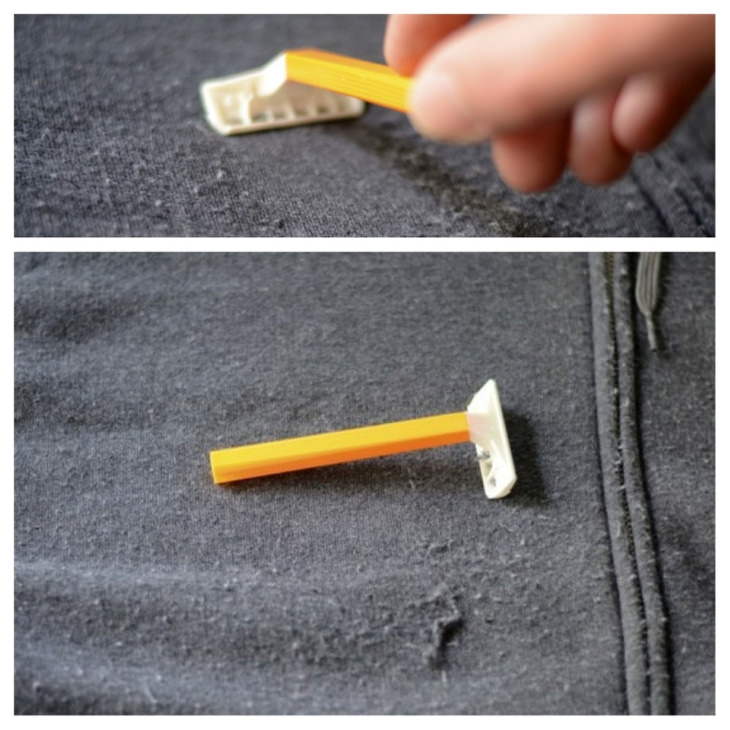
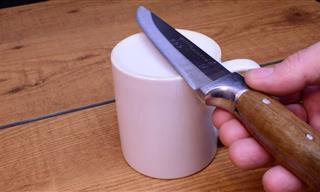 1:35
1:35
This is the EASIEST Way to Sharpen Your Knife
Looking to sharpen your knife at home? All you need is a coffee mug from your kitchen.
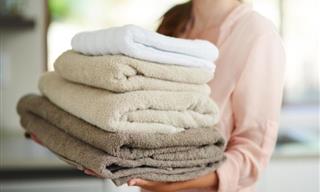
Laundry Stripping Will Save From Buying New Towels
Laundry stripping is a method that promises to remove residue and buildup from your clothes, with home chemicals only!
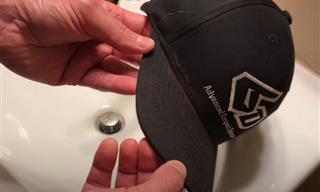 3:52
3:52
How to Remove Sweat Stains From Your Hats
Sweat stains can ruin the look of your hats. Here's how to remove them once and for all - quick and easy!

Why Overspend on Electricity? Dry Laundry the Natural Way!
Want to save money on electricity bills and learn to hang your laundry out to dry in the open? Here are a few handy tips that will help you do it right!

DON'T Remove Deodorant Stains With Bleach, Here's Why
Avoid a laundry bleach disaster with this short guide.

Washing Machine Temperature Guide: All You Need to Know
Hot, warm, or cold water – what’s the best washing machine setting for your laundry?

8 Ways to Remove Sweat Stains from Clothes
To help you out, this article will cover what sweat is, how to prevent stains, and how to remove any existing ones.
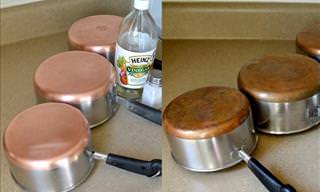
I Use Grandma's Old Trick for Cleaning Copper Pots
This is how to easily clean your copper pots.

8 Of the DIRTIEST Household Items and How to Clean Them
Even in the cleanest of homes, germs might be lurking in the most surprising everyday items. These are 8 items you should look out for and clean regularly.
 6:01
6:01
I Usually Wake Up 3 A.M. to Pee. What's The Reason?
Do you find yourself waking up at around 3 a.m. every other night to pee? There’s a reason for it.

This Guide Will Have You Doing Origami Within a Minute!
Always wanted to try folding paper sculptures? Well now with this easy guide you'll be folding them like a pro.

Loose Leaf Tea vs Tea Bags: Key Differences You Must Know
Ever wondered which tea is better - loose leaf tea or tea bags? We answer this question in this article.

7 Steps That Will Help Break Your Addiction to Sugar!
If you're addicted to sugar, following these 7 steps will help you break this unhealthy addiction.
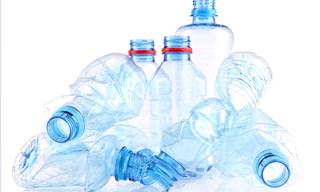 4:45
4:45
Whoa! I Never Knew an Empty Plastic Bottle was So Useful
When you've finished with the contents of a plastic bottle, don't throw the bottle away as it can be used for so many different things.

DIY: Make Your Own Face Mask in a Few Easy Steps
To get around the shortage, you can make your own DIY surgical face mask. It can be easily done even if you're can't or don't want to sew.

11 Household Lifehacks You Should Never Forget
These 11 tips are complete life savers!
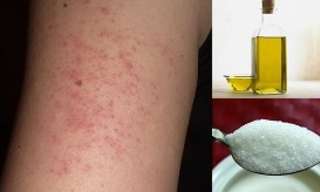
I’ve Found a Natural Remedy for Those Red Bumps on the Skin
A natural remedy to erasing those red bumps that appear on your arms without visiting the dermatologist. You only need to ingredients, which are easily found at the grocery store.

Life Tips: How to Take Back Control from Unbearable People
Are selfish people driving you up the wall? This handy guide will help you to identify a selfish person, and show you how to effectively deal with them.

Keep You Bathroom Clean & Tidy with these 15 Tips
These great tricks will help you keep your bathroom clean and your experience in it enjoyable and comfy. Is there a place you need to feel more at your ease? Here are 15 bathroom secrets we'd like to share.

7 Ways Lemons Can Make Your Life a Whole Lot Easier!
Here you'll discover seven surprising ways how you can use lemons and lemon juice to make your life cleaner and easier.

Cola Has Many Surprising Uses Other Than Drinking It
Cola may be a popular drink, but here are 19 other ways you can use it.

Make Home-Made, Special Treats for Your Dog or Cat
Want to make sure your pet gets the healthiest treats without ant preservatives? Use these recipes to make your own treats. Your pet will thank you for it!
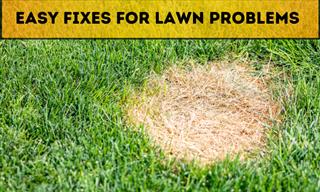
9 Common Lawn Problems and How to Fix Them
Here’s how to identify and overcome some common lawn problems.

11 Spring Cleaning Mistakes You're Making Every Year
Most people make these spring cleaning mistakes. Do you, too?

Learn to Solve 7 Common Appliance Problems All By Yourself
The washing machine, the fridge, the dishwasher - these are the home appliances that make our lives that much easier. Here are 7 common problems we have with our home appliances that we can easily fix ourselves.
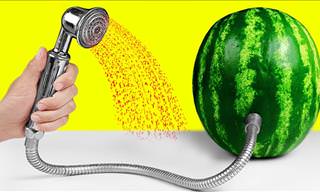 10:27
10:27
These Summer Life Hacks Are Totally Out of This World!
Check out these wonderful summer life hacks that are bound to keep you and your family entertained all summer long!
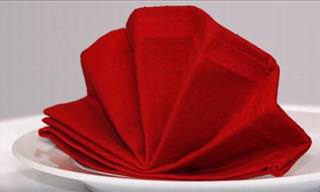
Spruce Up Your Dinner Table With These Napkin Techniques
Holidays are always a time of cheer. Spruce up your dining table with these 8 easy-to-try napkin techniques.

FINALLY I Get to Use My Leftover Butter!
The butter you have left in your fridge finally has some great uses for you.
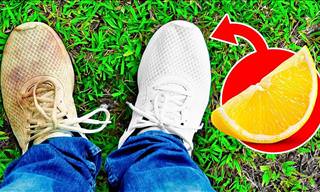 13:29
13:29
A Complete Set of Solutions for Removing Stains!
This stain removal guide will give you 25 excellent tips for removing any kind of stain!
 5:20
5:20
Exploring the Fascinating History of Popcorn!
exploring the history and evolution of this irresistible snack - popcorn!

Learn What Your Plant is Trying To Say By its Condition
Our plants give signs of what they are in need of through the physical characteristics they exhibit. Learn how to interpret these signs with this handy guide.

COLLECTION: Growing Tips for Outdoor and Indoor Plants
Dive into the world of indoor and outdoor plants with these 10 great guides to show you the way.
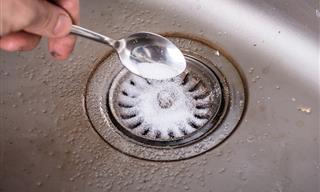
Clear a Clogged Drain Without Using Any Chemicals
The clogged drains of your house don't always need chemicals. These natural homemade cleaners provide great results, too.
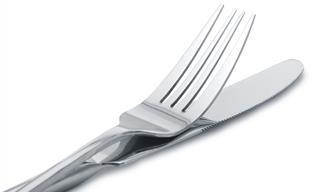 7:08
7:08
Woah! Who Knew the Humble Fork Had This Many Uses?
Have a look at these unique but very useful fork hacks - they'll make your life a whole lot easier!

7 Mistakes We Generally Make While Arranging Furniture
Here's a look at some furniture arranging mistakes you should always avoid and how you can fix them.

8 Pressure Points for Improving Memory and Concentration
Whenever you feel stress starting to affect your concentration, or if you just want to improve your memory, try these 8 points ...
 19:17
19:17
14 Incredible Egg Tricks For Egg Lovers
14 tricks and tips for cooking eggs!

Waste No More: 6 Great Ways to Use Fruit & Veggie Peels
If you want to save both money and reduce your waste, remember these 6 practical and delicious ideas for what you can do to utilize your fruit and vegetable leftovers to the max.

These Sleep Secrets Are Only Known to a Few...
What are the things that will help make your sleep better?

Darken Graying Hair Using Potato Peels!
Do you spend a lot of time fighting gray hair? The following simple idea will allow you to darken hair graying quickly using something we all have: potato peels!

10 Tips for Seniors to Use Tech Like a Pro
Seniors, enhance your tech skills with these tips.

10 Repelling Plants that Keep Bugs Away
Many of the solutions to our problems can be found in nature, and this is also true when it comes to insects. Here are 10 plants that'll repel bugs.

Everyday Hacks That Will Make Your Life So Much Easier
Try some of these ingenious everyday life hacks featured here. They are sure to simplify your life.

Dog Can't Stay Alone? 5 Tips to Help Resolve Their Anxiety
When your dog shows anxiety when left alone, here are some tips to help you deal with the problem.

You May Have Been Washing Your Hair Wrong Your Whole Life!
This simple guide will explain why you haven't been washing your hair properly and how to do the right way to make sure your hair is healthy and strong!

Stop Making These Common Storage Mistakes
Find out how to store a whole range of common things including different kinds of food, clothing and much more...

Choose the Healthiest Breakfast Cereal With These Tips
Choose the healthiest breakfast cereal with these tips.


